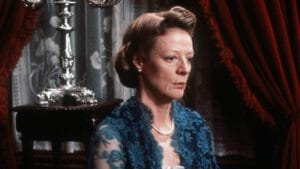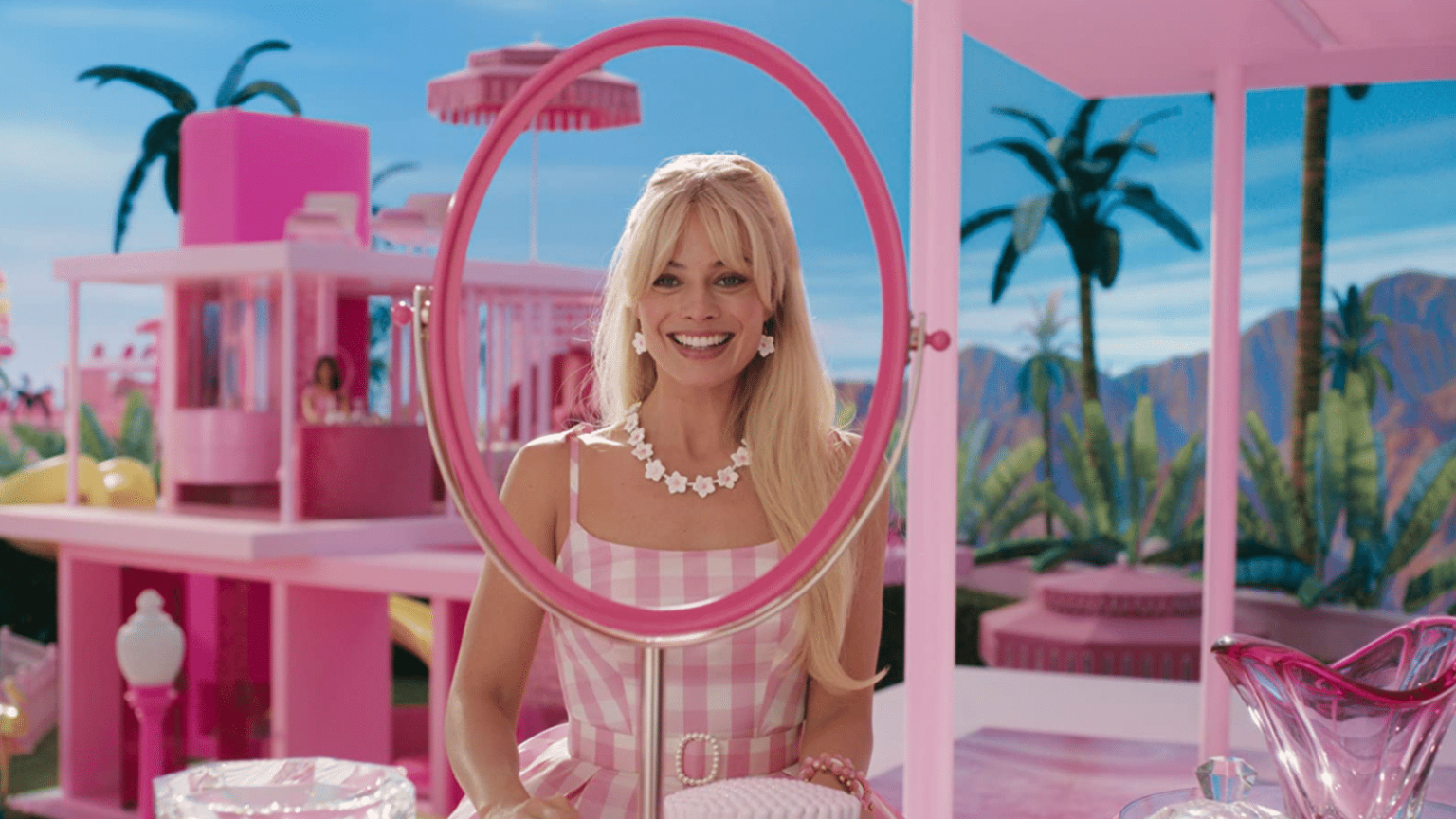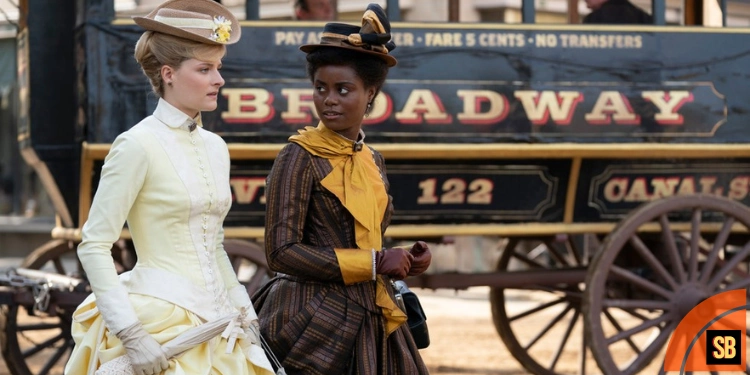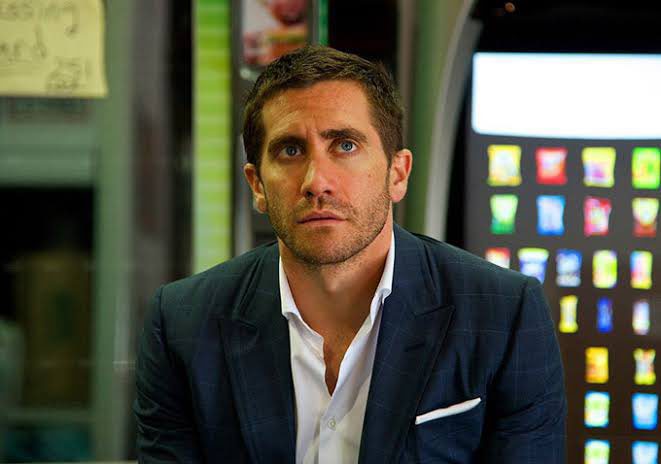Barbie was one of the most anticipated movies of the year. Over the last few months, the buzz surrounding the movie has been non-stop. The whirlwind of candid set photos, numerous trailers, pre-release clips, not to mention the massive popularity of Barbie memes, which has led to some fatigue among fans. The big question on everyone’s mind was, whether Greta Gerwig‘s film live up to the immense hype after all.
Margot Robbie embodies the role of Stereotypical Barbie, a simple yet undeniably beautiful doll with no pre-packaged career path, leaving it to the person playing with her to unleash their creativity and imagination. Alongside her, we encounter a generic but equally common Ken, played by Ryan Gosling, whose main aspiration in life (apart from winning Barbie’s heart) is simply enjoying the beach. Ken’s love for the beach is rivaled only by his affection for leaving his button-up shirts unbuttoned, and he excels in both of these passions.
In a refreshing twist, Gerwig liberates Barbie from her conventional box, coaxing her out of her heels and empowering her to take charge of her own destiny. For the first time as a doll, Barbie confronts the notion of choice when human thoughts infiltrate her mind, bringing her face-to-face with her owner and creator.
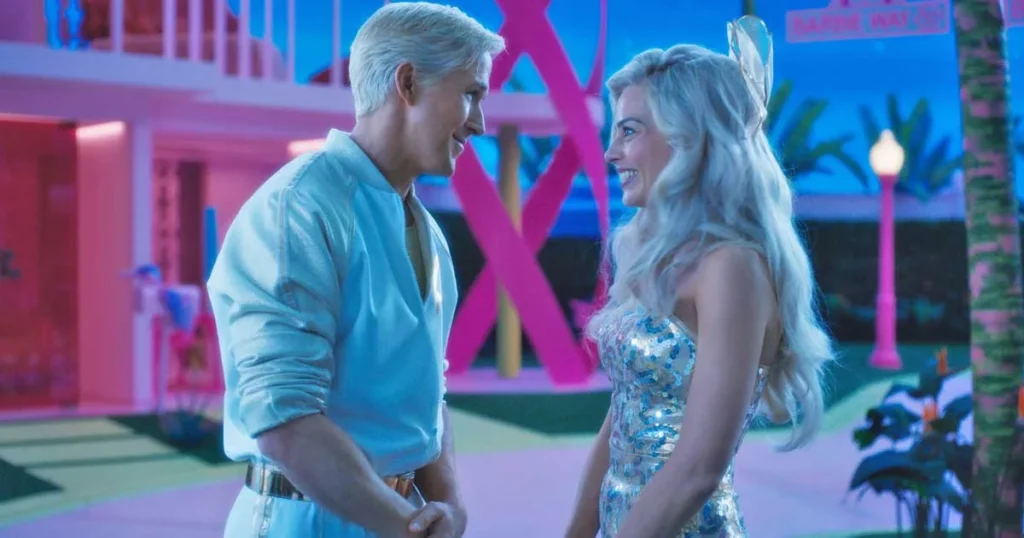
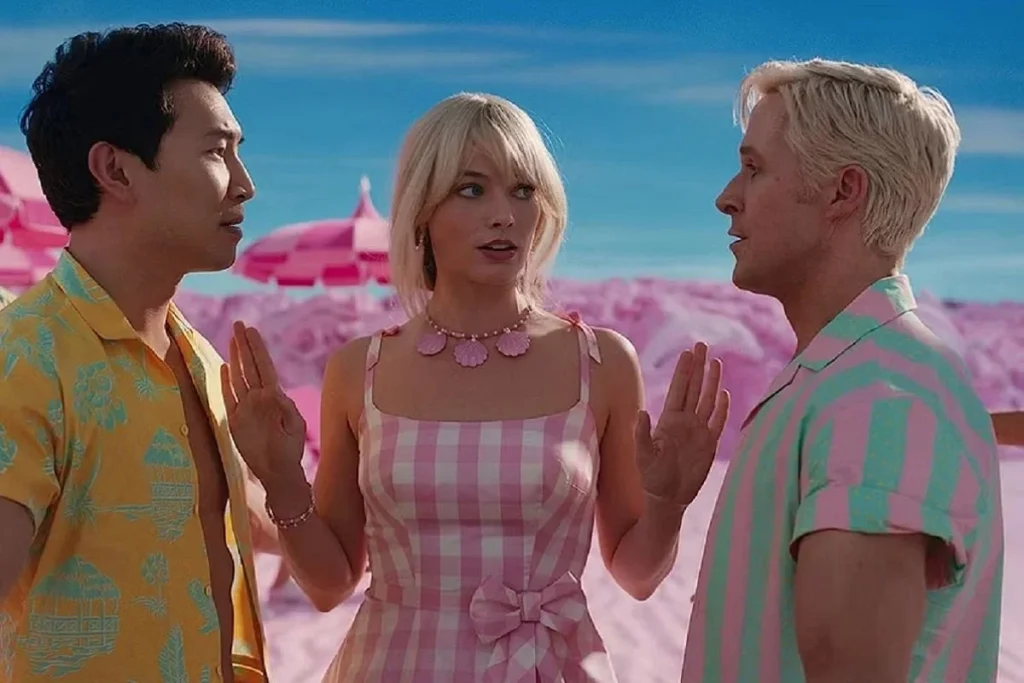
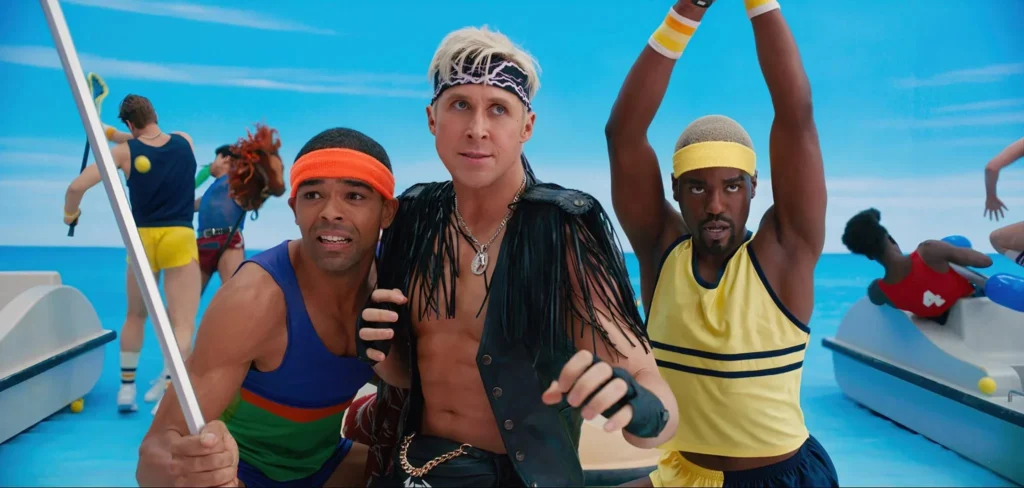
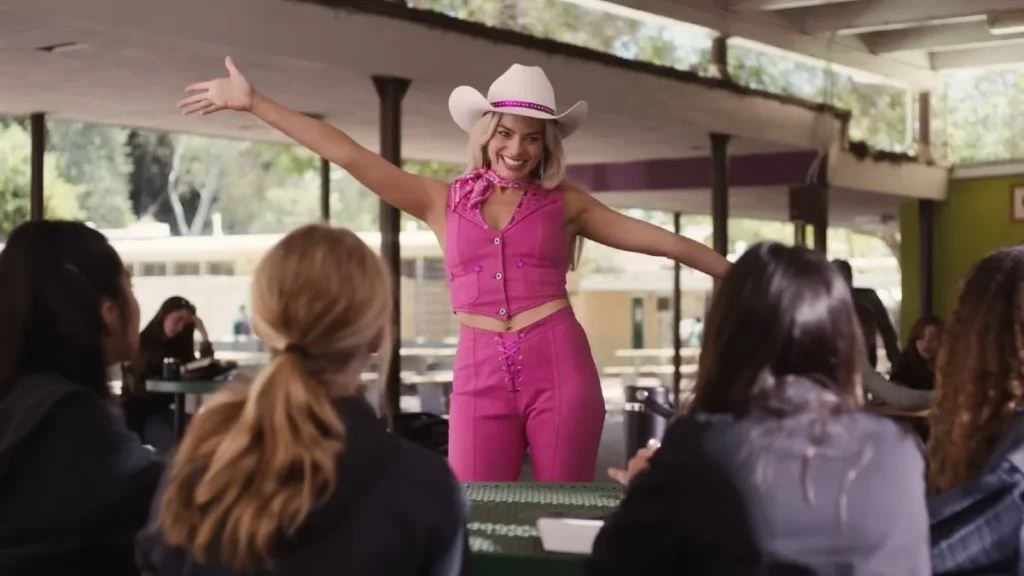
Initially created for play, parties, and perfection, the concept of mortality remains foreign in Barbie Land until Stereotypical Barbie stumbles upon it along with her newfound flat feet. Suddenly, the once picture-perfect world of plastic feels less fantastic.
Gerwig’s take on Barbie challenges traditional notions and delves into the question: What if life in plastic isn’t as fantastic as it seems? It’s a thought-provoking journey that breaks away from the mold and offers a fresh perspective on the iconic doll’s existence.
The Perfect Dolls in Barbie Land
Robbie truly shines as Barbie in the movie, delivering a performance that stands out as the brightest star. Ryan Gosling also impresses as Ken, but unfortunately, the character’s lack of depth is a letdown. With a budget exceeding $100 million, the movie’s production value is evident throughout. The set design, cinematography, and choreography are all top-notch, and the vibrant colors add a delightful touch.
The costume design perfectly complements Barbie’s essence, and the unique dreamhouses evoke nostalgic memories of your own childhood Barbie Dreamhouse. Lastly, the pastel Barbie-themed cinematography is simply outstanding, adding an extra layer of visual appeal to the overall experience.
While Barbie boasts many impressive elements, it does suffer from drawbacks. Certain scenes and dialogues are delivered so quickly that they become nearly incomprehensible, making it challenging for the audience to fully grasp their significance. On the other hand, some montages and dance routines are extended to the point of feeling drawn out, which disrupts the film’s pacing.
Gerwig’s Barbie brilliantly exposes the damaging effects of patriarchal ideology on society. Although the film naturally resonates with women, it is men who really need to watch it. Barbie effectively delivers a message it’s not a doll that poses a threat to women’s rights, opportunities, and safety — it’s the deep-rooted influence of the patriarchy.
Surprisingly bold and daring, Barbie stands out as one of the most impressive films of the year. What could have been dismissed as a frivolous venture turns into a substantial, thought-provoking, and emotionally resonant piece of filmmaking. It strikes a chord as it addresses important societal issues while remaining tremendously enjoyable to watch.



